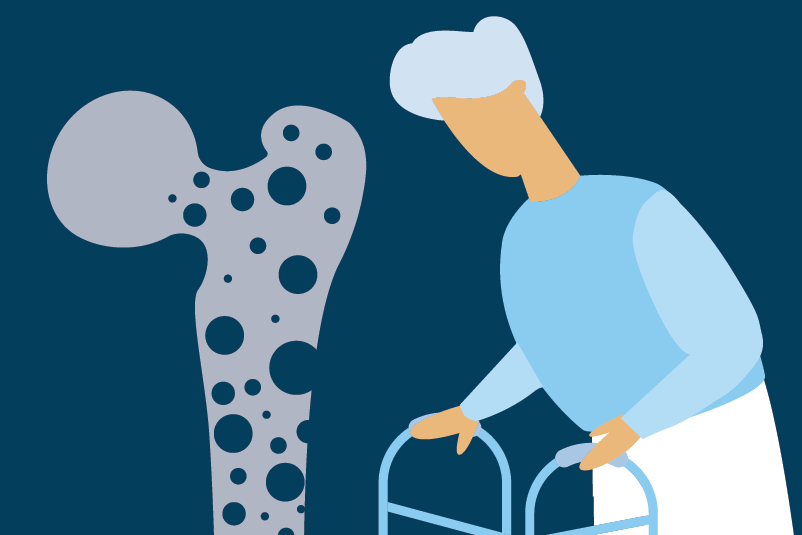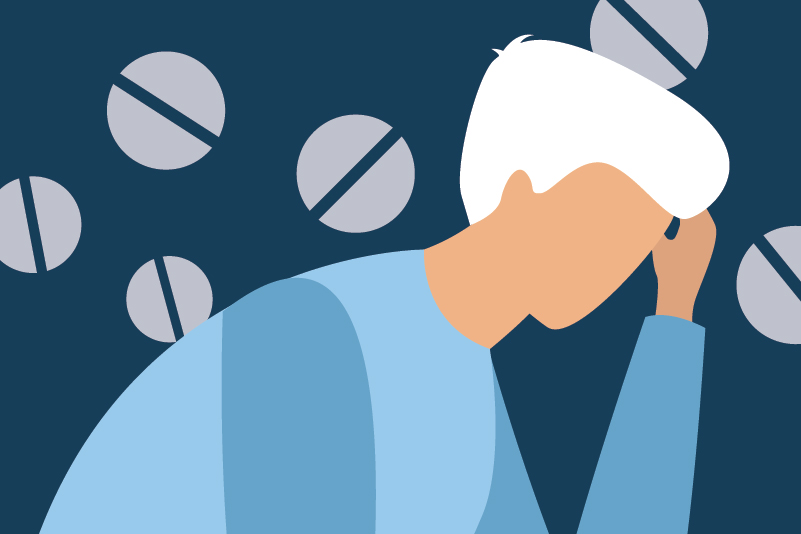#124 Vitamin D and Respiratory Tract Infections: Does the sun’s vitamin chase the cold?

Reading Tools for Practice Article can earn you MainPro+ Credits
Join NowAlready a CFPCLearn Member? Log in
- Statistically significantly reduced RTI in two meta-analyses [Odds Ratio 0.64 (0.49-0.84)1 and 0.58 (0.42-0.81)2] but not another [Relative Risk 0.98 (0.93-1.03)].3
- Why the difference? Numerous large biases, especially the former two: Using odds ratios for common problems exaggerates effects, including selectively reported outcomes, combining unrelated studies, including secondary analyses, inconsistent results, and publication bias.1,2
- Examining individual RCTs:
- Any RTI:
- 162 US adults: No difference.4
- 164 Finnish military recruits: No difference.5
- 140 Immuno-compromised patients: Improved non-validated RTI score (not clinically interpretable).6
- 247 Mongolian children with profound vitamin D deficiency (level=17.5 nmol/L): 0.35 less RTI over three months.7
- Cold and Flu (mostly cold):
- 322 New Zealander adults: No effect in any outcome.8
- This is the highest quality study.
- 322 New Zealander adults: No effect in any outcome.8
- Flu:
- 430 Japanese children mean age 10: No difference.9
- Pneumonia:
- 453 Afghanistan children age <3 years: Reduced risk of one repeat pneumonia but not multiple pneumonias.10
- 3,060 Afghanistan children age <1 year: No difference (suggesting earlier results spurious).11
- Three RCTs of other conditions looked at RTI secondarily:
- Two found no difference,12,13 but the weakest (smallest RCT with grossly under-reported RTI examined retrospectively) found possible reduced cold/flu frequency.14
- Any RTI:
- Cohort studies suggest patients with low vitamin D levels get more RTI.15
- However, low vitamin D status is associated with many ills from weight gain to mortality but vitamin D RCTs rarely find clinical improvements.16,17
- Vitamin D is likely a surrogate marker for ill health.16
- Cold prevention likely lies with physical interventions like hand-washing.18






